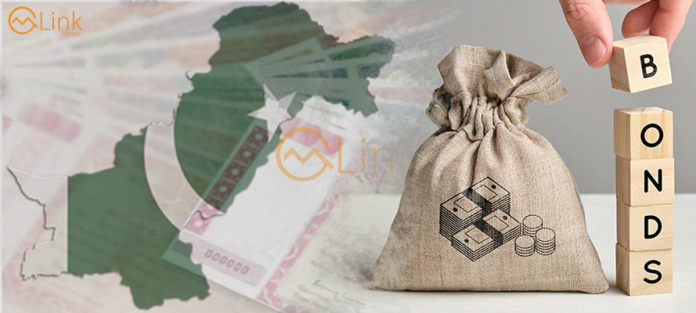January 11, 2023 (MLN): Do not get terrified by the shacky macros and default noise. Get ready to bag exorbitant returns- A message for smart investors.
Though the economy is in the doldrums and every other sector is witnessing the burnt, the same period is considered to be the most striking stage to carve out notable returns for bond investors.
Since the yields on bonds stay on the higher side given the implementation of monetary tightening, smart investors prefer to shift their money from other sources such as equity.
In simple words, the bonds are priced very low as the policy rate is at its highest.
Historically, it has been observed that whenever the policy rate starts its journey towards its peak, the bond yields also catch the same momentum especially when the talks with the International Monetary Fund (IMF) are in the final stages and once it is penned down, the rates started to gradually decrease.
This organically means that once interest rates begin their descent, the bond prices will go up.
Making the most of it, smart investors prefer to invest in bonds when the interest rates started surging and equities become muted.
More notably, the State Bank of Pakistan (SBP) has increased the policy rate by 875 basis points (bps) to 16% within a span from September 2021 to November 2022.
Recently, on December 22, 2022, the federal government rejected all bids for fixed-rate Pakistan Investment Bonds (PIBs) against a target of Rs175 billion at the secondary market auction as higher returns were expected by the investors against the bonds. Earlier before, on December 29, the SBP raised Rs249.81bn in quarterly PIBs Floating Rate (PFL) Quarterly Auction by selling fixed-rate PFL.
.jpg)
The graph above evidently supports the aforementioned argument by showing discount rates at their peak (15%) around the end of 2008 and when Pakistan signed a $7.6 billion stand-by arrangement with the IMF in November 2008, and the initial few months of 2009 before beginning a gradual descent for the next seven months, until November (2009) when it reached 12.5%. The rates remained at this level for the next eight months (until July 2010).
But what gives the most weightage to our theory is that the 10-year PIB yield was at its peak around the time of the IMF agreement, surging to nearly 16.7% in December 2008. In fact, the bond yield had swelled by up to 200 bps in one month.
Likewise, in mid-2013 when the IMF deal was signed, the discount rate peaked from 9% to 10% and remained at this level for around a year until October 2014 before declining rather steeply in the following year and a half from November 2014 to May 2016 to 6.25%. The discount rates remained at this level for another 18 months.
Meanwhile, bond yields marked a peak in the months following the time of this agreement, touching up to 13.4% in October 2014.
The same trend was observed when the IMF deal was signed in July 2019, the policy rate soared to 13.25%, up by 100 bps, and remained at this level for around a year until March 2020 before a steep decline. From March 2020 to February 2022, the policy rates remained on a downward trail. At the same time, the yields stood between 8%-13%.
History is going to repeat itself
With the negotiations with the International Monetary Fund (IMF) on the ninth review of Pakistan’s $7bn Extended Fund Facility (EFF) at the advanced stage, the central bank further reigned the inflationary pressure through increasing policy rates. From then onwards, the SBP has been opting for further fiscal consolidation as and where needed.
Having pointed out the historic trends, it is now easier to see the striking similarity between the current landscape and previous scenarios.
Credibility to this theory is given by the higher participation in recent auctions as the market expects interest rates to increase further.
Though the government rejected all bids for fixed-rate Pakistan Investment Bonds (PIBs) against a target of Rs175 billion lately the same would not happen frequently as the cash-strapped country is in the dire need of liquidity.
Moving forward, with the upcoming expected tariff hike in gas and fuel, inflation will keep rearing its ugly head which would further force the central bank to jack up interest rates.
Since the IMF deal is just around the corner, the SBP may increase the policy rate to 17%-18%.
As a result, the investor can see a 1%-2% mark-to-mark losses for the short term but for the medium-term and long term, bond investors will gain impressive returns.
Copyright Mettis Link News
Posted on:2023-01-11T13:00:11+05:00
36541




